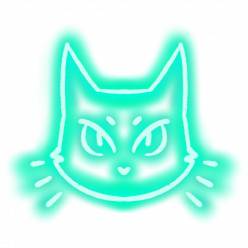I began by mapping out the hill-like terrain I had planned to have around the tavern by primarily looking at the concept art I had made for it.
I think this was important as it allowed me to have a visual representation of what I wanted in UE, and to see if it was actually manageable and relatively realistic.
I also managed to add a small stream of water to the landscape to complete the original design for the landscape. I am quite happy with how it looks so far – the depth of the stream seems realistic, and even the colour matches the overall vibe of the 3D style inspirations I had gathered.
I will now have to fix some distortions along the landscape, as well as see if I could find more suitable materials for both the ground and the river.

